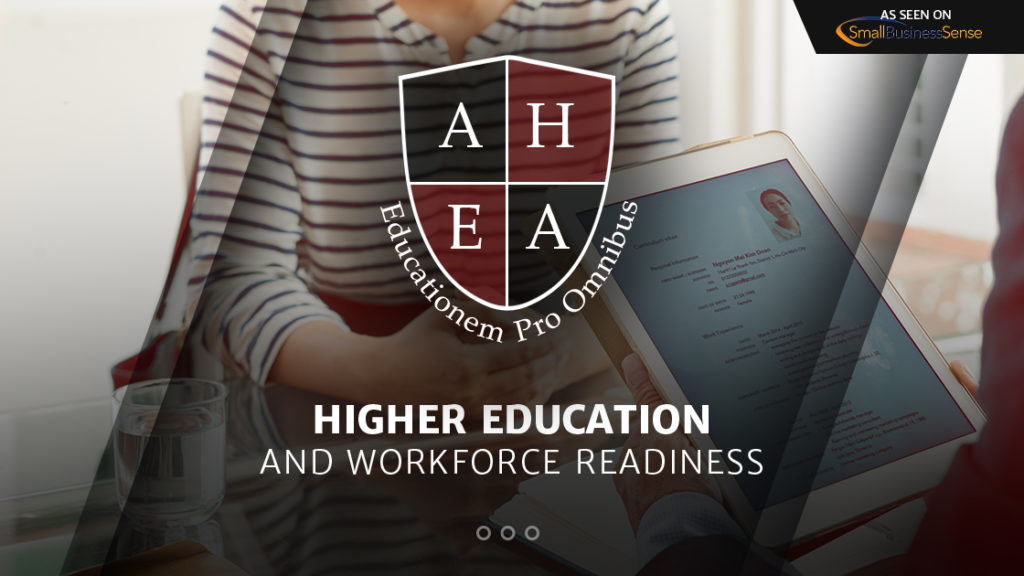
The Distinct Connection Between Higher Education And Workforce Readiness
As seen in Small Business Sense: https://small-bizsense.com/the-distinct-connection-between-higher-education-and-workforce-readiness/
There’s a stark misalignment between the talents employers demand and the skills graduates have as they enter the U.S. workforce. There is a common disconnect where many higher education leaders fail to see it. While 96% of chief academic officers of colleges and universities believe that their institutions are very or somewhat effective at preparing students for the workforce, only 11% of business leaders strongly agree. Herein lies the misalignment; a gap that has critical implications for both businesses and institutions of higher learning. Companies in major industries report that they are unable to grow and compete because they struggle to identify properly skilled talent: 49% report unfilled job openings, and 37% can’t take on a new project or major initiative.
It’s not just businesses that recognize the disconnect between what companies need and what graduates know. Studies consistently show that a mere 35% of college students say they are prepared for a job, and over half of recent graduates are unemployed or underemployed. Among the general public, just 16% of Americans think that a four-year degree prepares students for a well-paying job in today’s economy. And, in fact, a recent study by Gallup and Strada Education Network shows that 40% of bachelor’s degree holders would study a different major if they could do it over again.
There are several data-driven arguments that question the actual, rather than the perceived, value of a college degree. First, meta-analytic reviews have long-established that the correlation between education level and job performance is weak. In fact, the research shows that intelligence scores are a much better indicator of job potential. If we were to pick between a candidate with a college degree and a candidate with a higher intelligence score, we could expect the latter to outperform the former in most jobs, particularly when those jobs require constant thinking and learning. Academic grades are indicative of how much a candidate has studied, but their performance on an intelligence test reflects their actual ability to learn, reason, and think logically.
Yet, while the value of a college degree has increasingly been called into question, college enrollment rates at public higher education institutions have fallen by less than 2% each year since 2013. Meanwhile, as of 2017, 44 million Americans carry $1.3 trillion in student loan debt. In short, millions of students enroll in postsecondary education programs and, in some cases, take on considerable student loan debt without the guarantee that their investment will result in a viable career. This educational/work divide must be shortened in order for both types of organizations to continue to grow. How, then, do we set students up for success so that they can complete degree programs that lead to promising career pathways?
Universities and institutions of higher education could substantially increase the value of the college degree if they spent more time teaching their students critical soft skills. Recruiters and employers are unlikely to be impressed by candidates, unless they can demonstrate a certain degree of people-skills. This is perhaps one of the biggest differences between what universities and employers look for in applicants. While employers want candidates with higher levels of Emotional Intelligence (EQ), resilience, empathy, and integrity, those are rarely characteristics that universities nurture or select for in admissions. As the impact of AI and disruptive technology grows, candidates who can perform tasks that machines cannot are becoming more valuable — and that underscores the growing importance of soft skills, which are hard for machines to emulate.
“I think the next step is for higher ed to meld more hands-on training into the curriculum as a whole, while getting back to soft skill basics – like teaming, communication skills and conflict resolution skills. This combined approach will really help prepare individuals for employment, fill in the readiness gaps that hiring managers see, and in turn, improve job fulfillment,” says Benjamin Shank, CEO of American Higher Education Alliance (AHEA). “Job training and fulfillment is a topic where I see both an improvement in higher education and yet there is still much more to do.”
In their report Learning to Work, Working to Learn, the U.S. Chamber of Commerce Foundation (USCCF) highlights best practices of higher education institutions that are working to realign education with the workforce. These case studies reveal several common strategies for building partnerships between employers and educators to help students enter the workforce better equipped to establish careers.
Work-based learning: One successful strategy is to embed work-based learning into in-classroom and out-of-classroom experiences. In past research, Gallup has found that students who had internships where they could apply the knowledge and skills they were learning in the classroom are more likely to find full-time employment after college and to be engaged in their work. Work-based learning can happen on-campus as well, such as project-based or simulated experiences that take place on the school premises.
Career services: Education leaders ought not to think of the student as the only customer of their work. In some ways, employer partners are just as important in identifying ways in which postsecondary training can lead to a good job. Just last year, Gallup found that though about half of U.S. college graduates report visiting the career services office at least once during their undergraduate experience, they are equally likely to say their experience was “not at all helpful” (16%) as they are to say it was “very helpful” (16%).
Better information: Gallup and Strada Education released a report showing that half of U.S. adults would change either their degree level, field of study or higher education institution. One implication is that students require better information about the outcomes of different education pathways. The Launch My Career website provides program-level outcomes data for first-time and full-time students, as well as working adults considering upskilling. Launch presents career awareness information as well as a practical exercise in which students can see for themselves how long it would take to achieve their lifestyle goals based on their program of study, purposefully tied to an ROI mindset.
In order to better align higher education and the workforce, businesses and education institutions must partner together more closely to ensure that graduates enter the workforce prepared with the knowledge and skills they need to succeed.
